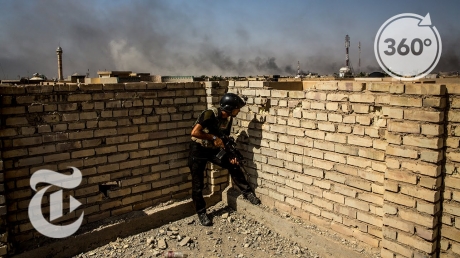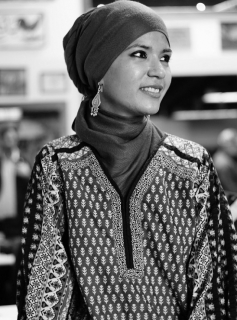
Virtual reality is giving a never-before dreamed dimension to journalism by immersing audiences inside situations they’d otherwise be unable to experience. Instead of reading or watching 2D news, viewers can dive under melting Antarctic ice, visit the aftermath of a hurricane, or witness the savage destruction of war-torn countries all while raising viewer engagement and awareness.
One of the first waves of 360 VR journalism was in 2015 when The New York Times sent Google Cardboard headsets to more than a million subscribers. Their 360 VR video on prisons highlighted the impact incarceration has on families.
This showcased storytelling in a whole new light, creating compelling stories with strong characters to portray the nuances of daily living. This year Al Jazeera’s new immersive studio, Contrast VR, brought Yemen to audiences with their war-ravaged, Yemen’s Skies of Terror, which is now up for numerous awards for its engaging storytelling.
While immersive journalism is still in its infancy, it runs the risk of being underutilized and forgotten—yet 360 VR has an extraordinary ability to create change in ways that should not be ignored.
Here with me to discuss the importance of 360VR is Zahra Rasool Editorial Lead of Al Jazeera’s ContrastVR, and Veda Shastri producer of The New York Times’ Daily 360.

Zahra Rasool

Veda Shastri










